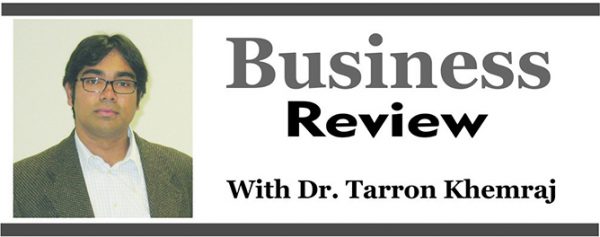
In that column – ‘Can the PPP suck cane and blow whistle’ – I looked at data measuring party identification from the 2014 Latin American Public Opinion Project (LAPOP) survey. As a reminder, this is a political survey which is done by researchers associated with Vanderbilt University in the United States. In my opinion, it is an impartial and credible survey. Typically the researchers randomly select about 1500 Guyanese assigned to various group stratifications. When I did the column in 2015, I argued that there was a high probability the PPP will not win the election. For that, I received my usual share of cursing from letter writers and bloggers. Nevertheless, one pro-PPP letter writer with merit argued the poll was outdated since the survey was done in 2014.
In this column, I will revisit the LAPOP data – this time for the survey completed in 2016. The researchers are no longer summarizing the results in reports. We have to mine the data using a statistical software. These days the dataset is placed online in SPSS or Stata files. There are several important results from business confidence, trust in political institutions, political party identification, voting patterns, voter turnout, gender-based measures and others. For the purpose of this essay, I will look at the following by ethnicity: (i) voters’ party choice in the May 2015 election; (ii) party identification; (iii) vote intention in the next presidential election; and (iv) political interest.
